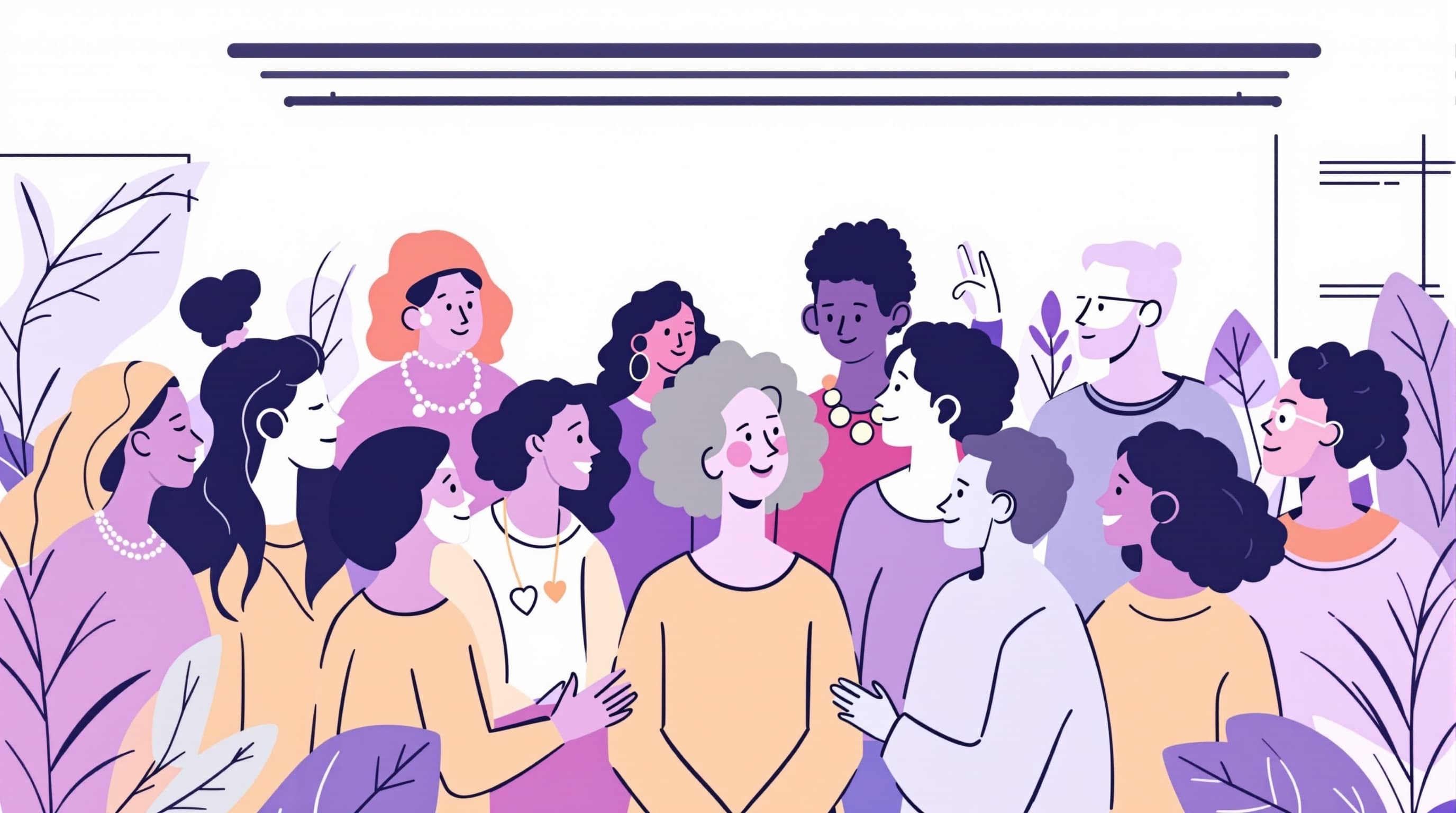NDIS Insight
ndis
Making Your Community Group NDIS-Friendly: Practical Tips for Inclusion
Updated 8/18/2025
Explore practical tips for making your community group inclusive and NDIS-friendly, enhancing accessibility and participation.
7 min read

ndis
disability-support
NDIS-friendly community
NDIS inclusion